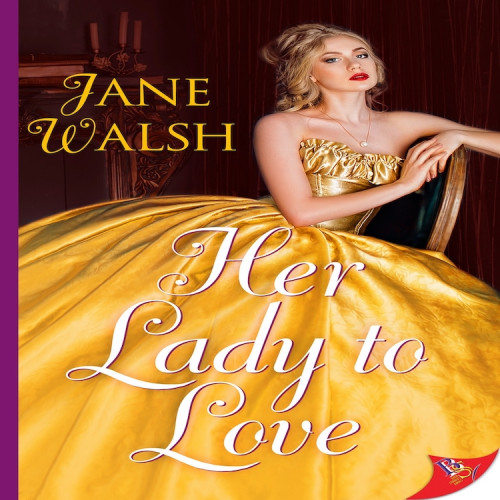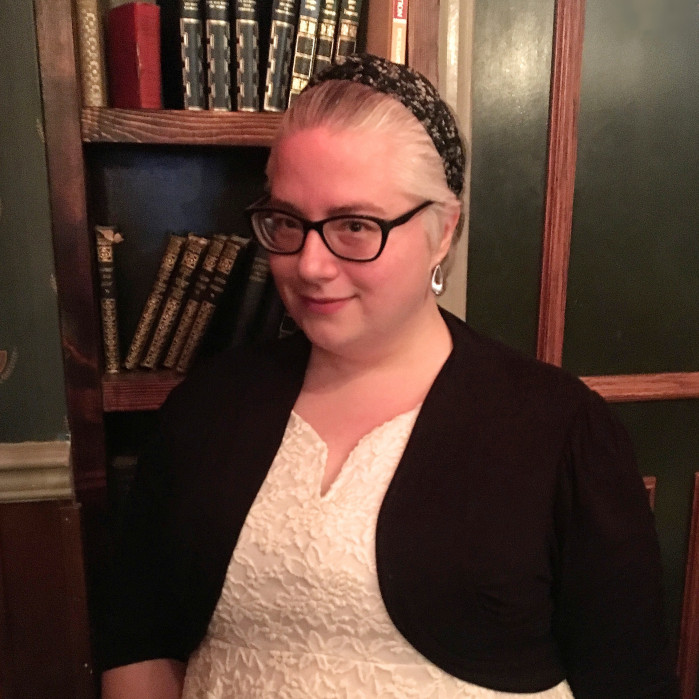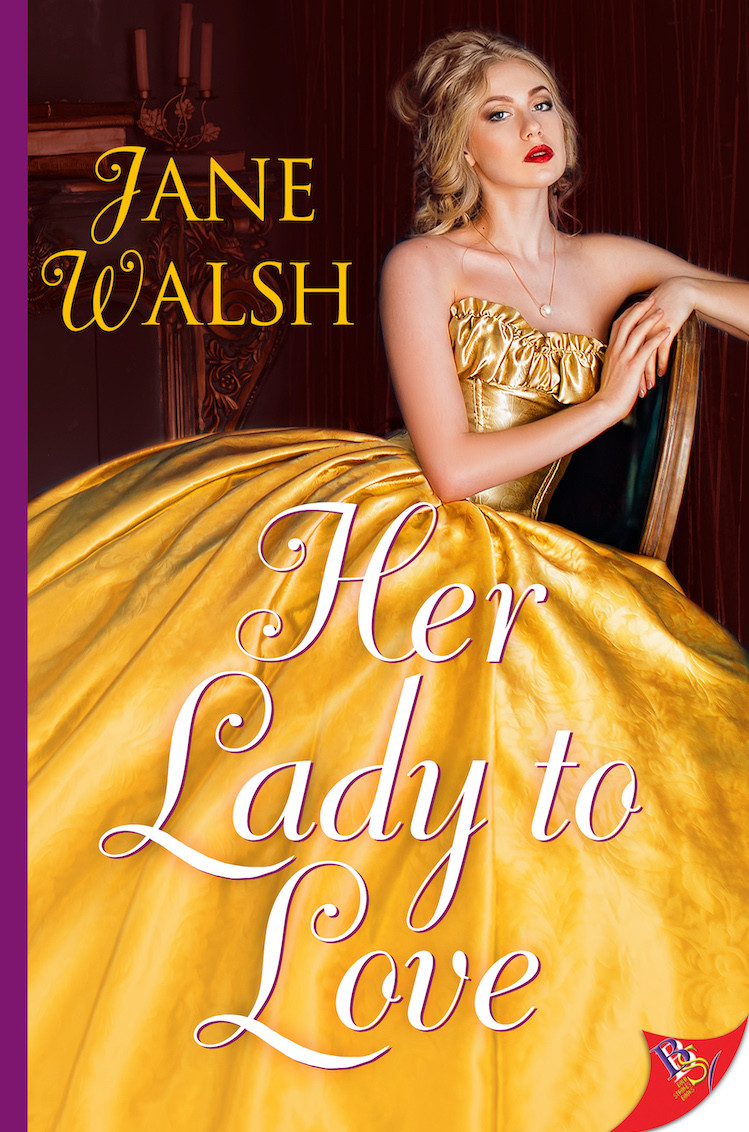Nell Stark interviews Jane Walsh:
What motivated you to become a novelist? How would you describe your journey (thus far) as a writer?
I have dreamt my whole life of publishing a book, but getting past the first draft of a novel is hard! After writing a handful of drafts that went nowhere, I ended up not writing anything at all for years as I focused on my career and other pursuits.
But the old adage is true—if you don’t try, you can’t succeed. I still had the dream, so I needed to find the drive to make it happen. Still, it was a surprise to me when I actually completed Her Lady to Love. Finishing it gave me the momentum to do another draft, and then another. Finally, I decided to see if I could get my book out there to an audience, and I was over the moon when Bold Strokes Books offered me a publishing contract.
Even though I’ve had this lifelong dream and I’ve worked hard to get here, I feel like I’m still at the very beginning of the journey. I have so much to learn, and I’m grateful for the opportunity to keep working at it.
Her Lady to Love is a Regency romance. What inspired you to write a story set during the Regency period?
The first romance I ever read was a historical (Jo Beverley’s My Lady Notorious), and I have loved the genre ever since. When I decided to write a romance, it never occurred to me to use any other setting. I could read all day about ladies fluttering their fans, quoting Byron, sipping ratafia, and twirling around a ballroom. Writing about ladies doing all those things while falling in love with each other was so much fun!
Your bio mentions that you’ve studied history and costume design. How did you draw upon your academic background in writing Her Lady to Love?
When I was studying, I learned that I am drawn to social histories—especially the gossipy scandalous parts. I love learning about everyday lives instead of political intrigues or military entanglements. The study of costuming is fascinating to me because fashion says so much about social values.
However, when you look at costume design for entertainment purposes (such as the theater or movies), a lot of choices are made to emphasize character traits or plot devices, instead of sticking to the exact fabric, fit, or design of the period.
Similarly, I would like to think that I wrote enough historical details in Her Lady to Love to cement its place in the Regency era. But at the same time, I wanted this novel to be frothy, flirty, and fun. Strict historical accuracy was not my main intention.
What have been the most challenging parts of writing a queer Regency romance? The most rewarding parts?
My major challenge was providing a story that feels safe, loving, and relevant to a modern audience, while still acknowledging the perils and prejudices that queer people faced in the 1800s.
I’m still learning how to balance this, particularly because my novels are on the lighter side.
The most rewarding part is the opportunity to write sex positive fiction where queer people are comfortable and happy with their sexual orientation and gender identity, despite the restrictions that they would have faced in society at the time.
The Regency was the birth-moment of some of the most beloved romance novels of all times (e.g. Pride and Prejudice). How did novels (and other texts) written during the Regency inform your craft as you wrote Her Lady to Love?
Jane Austen’s Emma is my very favorite book. I picked it up when I was about twenty-one and was shocked at how modern the characters felt and how much I identified with them, despite having been written two centuries ago. Austen is particularly deft at secondary characters—her work shows the very best and very worst of people, and it’s an education in social world-building to me every time I reread her novels.
Regency romance is one of the most popular subgenres in the romance world. Why do you think this time period remains so interesting and relevant for contemporary audiences?
Because there is such a huge repertoire already available, and the tropes are so well established, it’s easy for someone to get into the genre by reading a few novels or watching an Austen adaptation on the big screen. The Regency setting is consistent, and therefore familiar enough that a reader can immerse themselves in it even if they’re reading a new author.
The interesting part is that the reader also tends to look for a contemporary attitude toward sexual intimacy and women’s issues (at least from the perspective of the main characters). If authors writing in the genre continue to adapt to meet those modern expectations, then I think Regencies will always have a place in romantic fiction.
From a writing perspective, this time period is wonderful. There’s great potential for gossip and scandal in high society Regency that can drive a romantic narrative. There’s also something compelling about a world where there is so much formality between people and how they address each other, and the breaking down of those barriers when they’re falling in love.
Do you have a next book in the works? If so, can you give us a brief sneak peak?
My next book, Her Countess to Cherish, follows some of the secondary characters from Her Lady to Love. This is the story of society’s material girl, Beatrice, who falls in love with nonbinary bluestocking Georgina. It will be released in August 2021.
What kinds of stories have you not yet written that you hope to write someday?
Her Lady to Love is my first novel, so I hope that I have plenty more in me! There are so many Regency tropes and storylines that I want to write, but I’d also like to try my hand with other historical settings. I would love to write a medieval romance series someday.
What advice would you offer to someone wanting to write their first novel?
Forget about the other books out there, and don’t compare yourself to other authors—focus on the book that you want to write, and see where it takes you.



